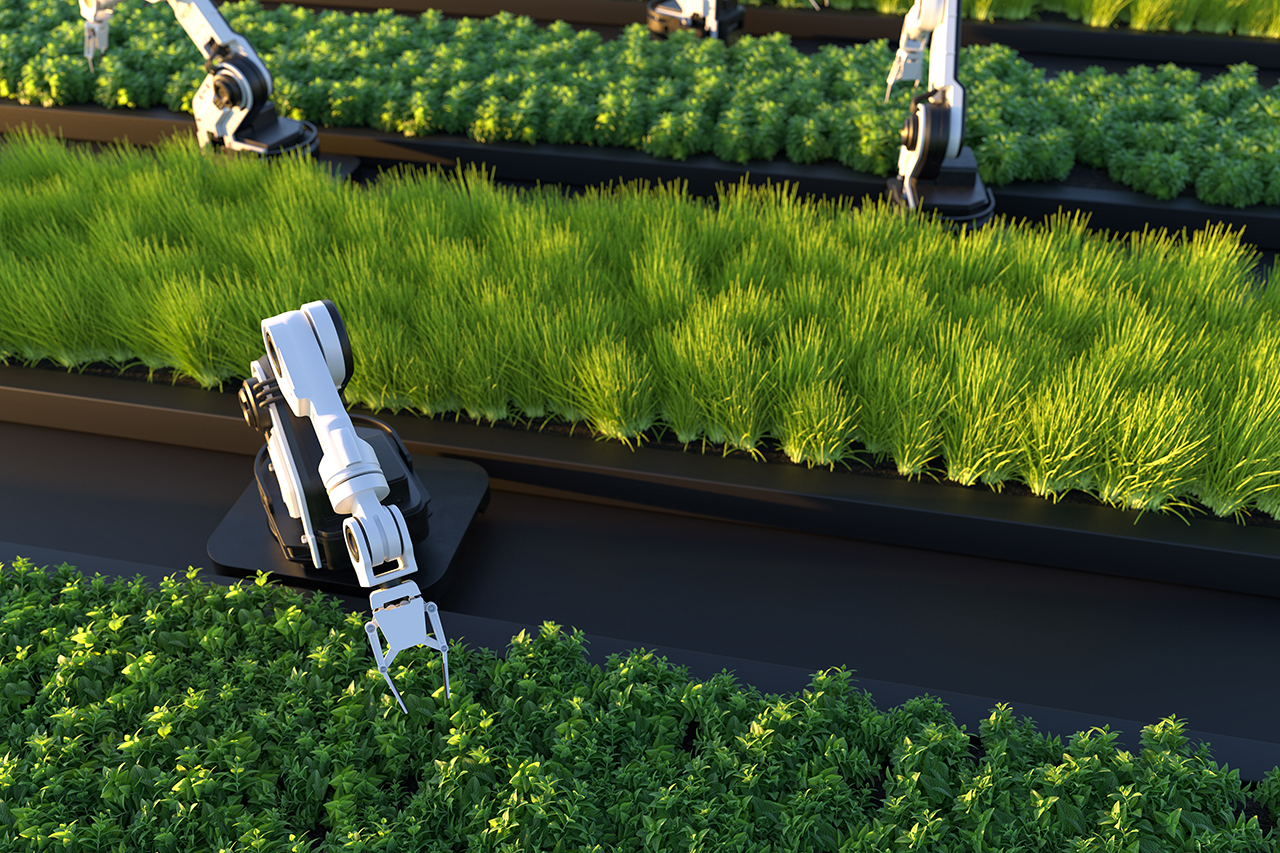
Challenges and needs must be addressed by adopting a unified and integrated vision. On one hand, there is the need to look towards the future and with a broad view, by projecting the own choices on scenarios and challenges in a wider way. In this way, it is possible to realize a new digital transformation path, more consistent and resilient. On the other hand, is necessary to develop the insights and goals of strategic and prospective type, into concrete and better actions for the own operational reality. In this way, the latter becomes an active part of a system of change.
Smart Technologies for Agriculture 4.0
Agricultural production is under severe pressure due to population growth and Climate Change.
The 2015 UN “Transforming Our World” report mentions the fact that there are currently several funds that can be invested in the agricultural sector precisely to prevent hunger due to the increase in the world population. The goal is to increase food production by 70% by 2050.
The need to ensure the climatic stability necessary for the sustainability of agriculture is becoming increasingly urgent.
We need to reduce the negative impact of climate change, for example:
- by minimizing the effect of greenhouse gases on land;
- by optimizing the level of fertilizers and water use
To respond to these challenges, a new approach to information and communication technologies (ICT) is fundamental, moving closer to Industry 4.0.
ICT technologies, applied in agriculture, can improve the performance of industries in the Agrifood sector, increasing productivity and yield, and, at the same time, reducing the environmental footprint.
Digital Transformation is the basis of the agility that agri-food producers need to meet the needs of both consumers and stakeholders.
The demand for a greater variety of products has pushed producers towards a Digital Transformation: by exploiting Smart Technologies, companies can increase flexibility, guarantee healthy, traceable and sustainable foods, accelerate Time To Market.
Learn more and find out how to address the needs of agrifood
in the Digital Food Conferences webinar cycle.
Learn more